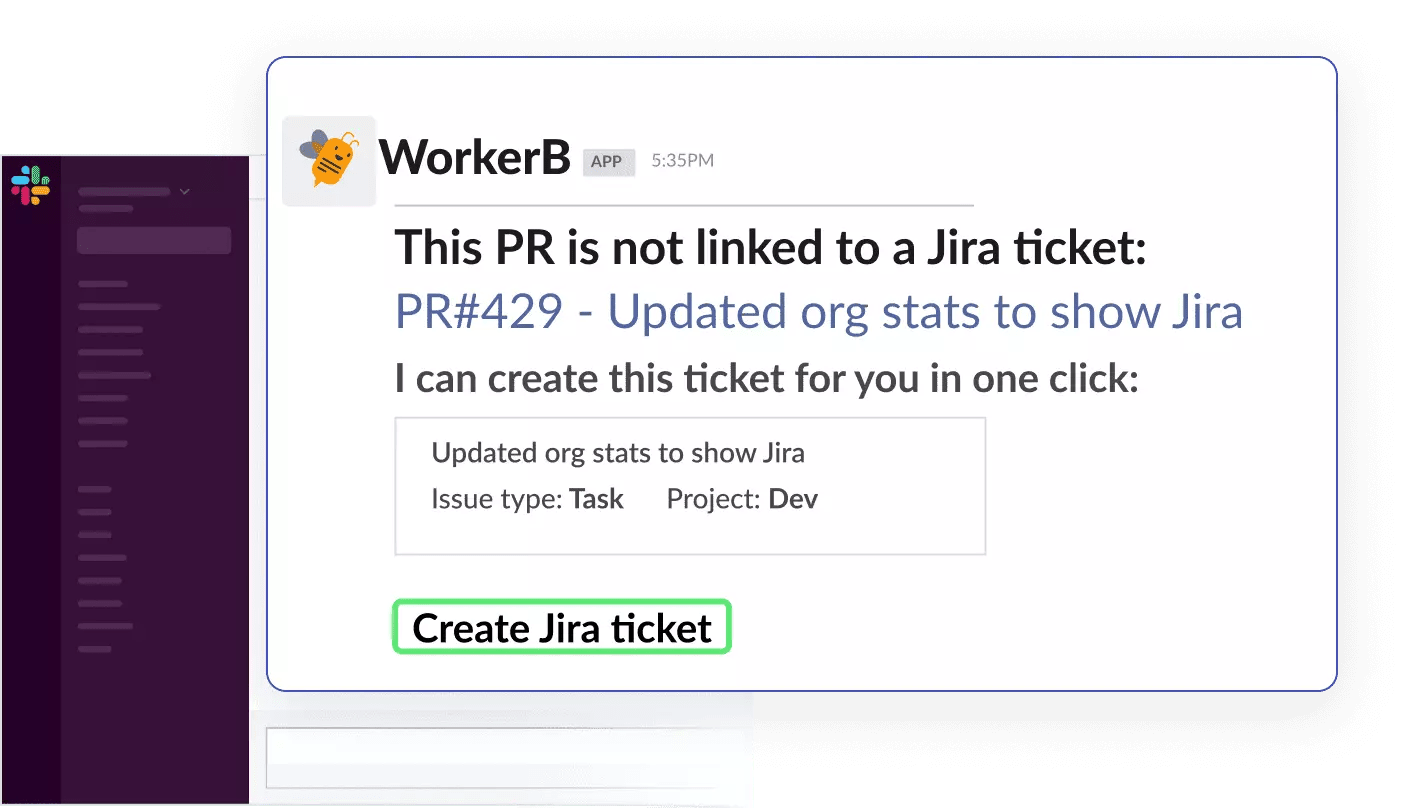In tech and tech-heavy companies, the engineering team is one of the primary drivers of success. Therefore, it’s crucial to understand your engineers and the bottlenecks holding them back.
Teams are increasingly turning to engineering analytics tools to do this, especially in remote work contexts where organic face-to-face is hard to come by. But with so many tools now available, which one is right for your team?
In this post, we’re going to look at the value proposition of Waydev before turning to look at why other platforms may be better suited to your needs.
Table of Contents
What Is Waydev?
Waydev is built around the idea that the history of software development is the story of how to iterate more quickly. We started out with the waterfall paradigm then we transitioned to Agile and the time has come for another chapter.
Waydev believes that for Agile, data-driven insights are the next evolution which will enable continuous tweaking to development processes. One way Waydev does this is by putting a dollar amount on the work that engineering is doing. By combining data on salary with the work developers do as captured in tools like Git, Jira, and GitHub, engineering leaders can communicate to the business side how much, in dollars, a bug cost the team or how much a feature cost to build. They believe that insights like this help engineering leaders to make sure that they are properly allocating resources.
Waydev Alternatives
Waydev is by no means the only engineering analytics tool out there. Let’s look at 6 leading alternatives.
1. LinearB
Just like Waydev, LinearB has a comprehensive suite of metrics on each stage of your development pipeline, including cycle time and the DORA metrics.
One of LinearB’s main advantages over Waydev is that LinearB empowers developers to improve.
The biggest problem with Waydev is that takes a top-down approach. Think about the example we just looked at of leveraging compensation data. This means that only team leads and other engineering leads can use this feature. Even then, a lot of engineers wouldn’t be comfortable with their managers looking at their salary day-in, day-out.
After an engineering leader uses Waydev to identify areas for improvement, all they can do is to tell the team, “Do better.” This is not the right approach.
On the Dev Interrupted podcast, Bob Ritchie, VP of Software at SAIC, spoke about how, “The foundational responsibility of leaders is to create an environment where your team can thrive.” To do that, leaders need to give their developers the means to continuously improve.
LinearB’s WorkerB automation bot provides tools that empower developers to optimize their workflows and achieve the improvement the team needs. By automating things like notifications about PRs that have been assigned to you or that you may have forgotten, LinearB helps you to follow through on your responsibilities and get code into production faster.
WorkerB also helps developers stay in flow — which is crucial to their productivity and job satisfaction — by bringing functionality from platforms like Jira and GitHub into Slack and reducing context switching. With WorkerB, developers can create a Jira issue for an unlinked WIP branch and even review PRs smaller than 5 lines from right within Slack.

By giving developers the tools to improve, engineering leaders can not only optimize team performance along certain metrics, but you can also create a collaborative culture in which developers feel supported, valued, and more motivated to do their best work.
2. Jellyfish
Jellyfish is another software development analytics tool that provides visibility into engineering organizations and team progress in real-time. It does this by analyzing the activities of engineers in a development and management tool and generating metrics that allow organizations to strategize and make business decisions.
Jellyfish aims to be easily understood by everyone within a company. This comes at the expense of building a tool optimized for engineering leaders.
3. Pluralsight Flow
Pluralsight Flow is designed to identify friction and bottlenecks in your development pipeline. Their strongest features are around helping engineering leaders better manage individual developers. They have a neat “Review collaboration” tool that shows you who has reviewed a particular developer’s code, which gives you insight into who is helping their colleagues improve. They also have a “Check-in” feature that tracks a developer’s progress against the team’s objectives.
But, like Waydev, they lack tools comparable to WorkerB that enable engineers to optimize their workflows.
4. SonarQube
SonarQube is the most different among all these tools. It focuses exclusively on helping development teams improve their code quality. SonarQube has written up thousands of static code analysis rules that evaluate for overall quality (i.e. clean code), application security, and technical debt. Developers can use this tool to help them write better code and leaders can monitor quality across the team.
The main drawback with SonarQube is that it can only be used to improve code quality. If you want to leverage key metrics like DORA or cycle time, you’ll need another tool. You could certainly use SonarQube alongside another platform.
5. Haystack
Haystack offers the essential metrics and tools like alerts to help your team stay on track day-to-day. They’ve kept the platform lean and focused, so it takes little time to get ramped up and using the product to improve your workflows.
But this simplicity is also its main drawback. If you just want the basics, Haystack is a strong option. But if you want more advanced metrics, like Planning Accuracy or Code Quality, in order to drill down on the specific causes of bottlenecks, you should opt for another tool.
6. Swarmia
Swarmia gives you quantitative insights into your development pipeline. They make it easy to identify bottlenecks and see whether the work your team is doing lines up with larger business goals. They do this in a platform that is dense with metrics — perhaps too dense for some people.
Swarmia places particular emphasis on helping engineering leaders spot areas for improvement. Yet, they don’t have benchmarks integrated into the product. This means that you don’t know which metrics are healthy relative to industry standards, so you don’t know where you should try to improve.
Conclusion
Software development analytics tools are important, as they help teams visualize their activities, progress, and roadblocks. Although they share many similarities, they have different strengths and weaknesses that make them better-suited for some teams over others.

It’s important to note that while metrics are powerful, they are just the starting point for driving improvement on your dev team.
You need benchmarks so that you can understand where you should try to improve. Once you set goals, you need to equip your developers with tools that help them improve, otherwise the goals just become another top-down command. LinearB’s WorkerB automation bot is built by developers for developers in order to help them optimize their workflows and continuously improve.
LinearB is an integrated platform that delivers value for every person on a team: individual developers, managers, and engineering leads. This means that everyone is bought into the process of continuous improvement, and when that happens, the results will come.




